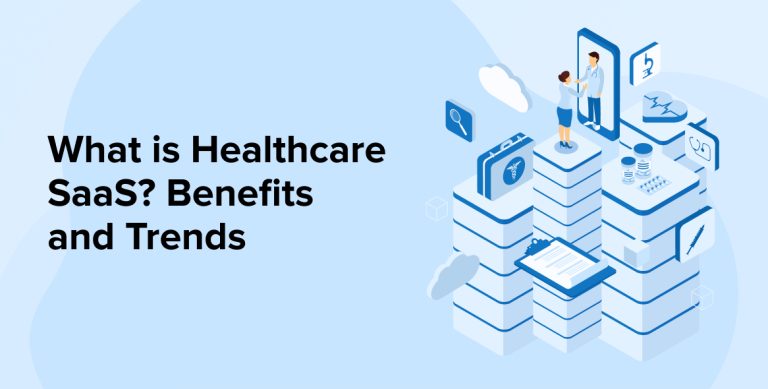
In the healthcare industry, patient assessment and treatment is the primary objective and everything revolves around this goal. With implementation of IT products, especially SaaS solutions, can significantly accelerate the achievement of this goal. One of the prominent ways of doing this is using Healthcare SaaS apps. Hence, the following post focuses on what is a SaaS product and the introduction of SaaS in healthcare software development. Why is such medical software implemented? How is a SaaS model beneficial to Healthcare Organizations? and What are the best practices for using healthcare SaaS Solutions? So we are about to dive into the sea of SaaS-based apps.
Software as a service (SaaS) is a method of delivering software as a service through the Internet. Instead of installing and maintaining software, you simply use the Internet to access it, eliminating the need for complicated software and device maintenance. It’s a subscription-based model that can be beneficial in numerous ways.
Web-based software, on-demand software, and hosted software are all terms used to describe SaaS applications. SaaS apps, whatever their name, are hosted on the servers of a SaaS provider. The service provider is in charge of the application’s security, availability, and performance.
1. What is Healthcare SaaS?
Healthcare SaaS is a cloud-based software solution that can be used by healthcare providers and other organizations to provide medical-related services. There are different types of healthcare software that can help organizations manage various operations like doctor’s appointments, clinical documentation, patient records, billing & insurance, and more.
Now, do you think convenience is the only reason due to which many healthcare organizations are found trending towards these SaaS softwares? Certainly not, there are ample other reasons such as low prices, high-end security and accessibility, real-time diagnosis, instant updates and what not! To elaborate it more, lets see some of its benefits
2. Benefits of SaaS to Healthcare Organizations
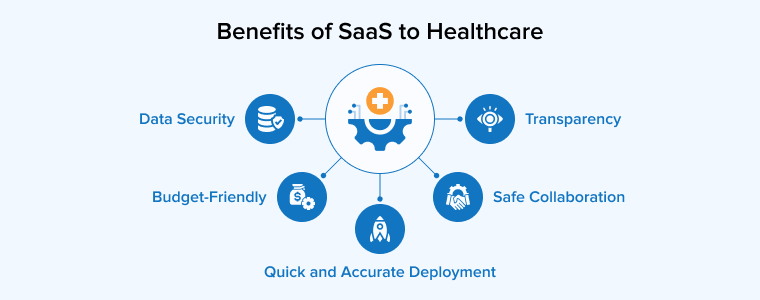
Today managing IT infrastructure is extremely tricky and daunting especially for those who have lacked in terms of experience. For healthcare professionals by incorporating a robust healthcare SaaS (featuring all apps under one roof), It becomes easy for them to manage critical data and focus more on the patient’s medical health. Further below-mentioned are important reasons stating why you must consider Healthcare SaaS applications as a provider.
2.1 SaaS Offers Quick and Accurate Deployment
Since everything is happening within a blink of an eye, medical professionals need to pick up the pace and deliver instant and accurate solutions. A Healthcare SaaS-based solution such as electronic health records or Electronic Medical Records (EMR in software products) can ensure speed and accuracy while diagnosing the patient. One of the common misconceptions found among the healthcare sector is that developing Saas models is a one-time process. However, this is not so several service providers do tend to offer 24*7 services as they understand the necessity of making medical professionals use it to a great extent.
2.2 Enhances Data Security
One of the core aspects of the healthcare industry is its data. And since it is so valuable, data being under constant threat shouldn’t be surprising for you. These SaaS solutions offer unmatchable data security. With the rise in constant data breaches, healthcare service providers are found under continuous pressure of securing patients’ vital information. Lacking in regards to cybersecurity, not maintaining firewall security networks has become one of the main weaknesses. Here a vertical SaaS solution can be quite beneficial. Since these products integrate high-end security and confidentiality, it becomes impossible for the bad guys to steal such information.
So yes, data security and full-fledged privacy is another advantage offered by a healthcare SaaS application.
2.3 Transparency
Earlier it was extremely difficult for doctors and other medical professionals to peek into the patient’s medical history. Fortunately, with these disruptive technology-based solutions, doctors can easily penetrate their medical history, understand patient insights as everything is recorded and accessible. This also enables them to treat their patients with more precise efforts. Electronic Health Records has led to high-end transparency among both doctors as well as their patients.
2.4 Promotes Safe Collaboration
Much like any other business, even these sectors require effective collaboration internally. Here software such as Hospital Management Software systems (HMS) works wonders. These systems not just give rise to tracking and monitoring the current tasks but also enable professionals from different departments to collaborate effectively among the healthcare industry.
When everything works in sync, it can lead to increased revenue management.
2.5 Budget-Friendly
Last but certainly not least is cost-effectiveness. Gone are the days when healthcare service providers were asked to pay upfront capital. Yes, this is no longer required. These commercial business solutions are quite lower and reasonable in regards to price. All the unnecessary expenses of maintenance and management can be ignored by incorporating these systems and solutions.
Let’s see on Quora what people are discussing about best Saas application for healthcare.
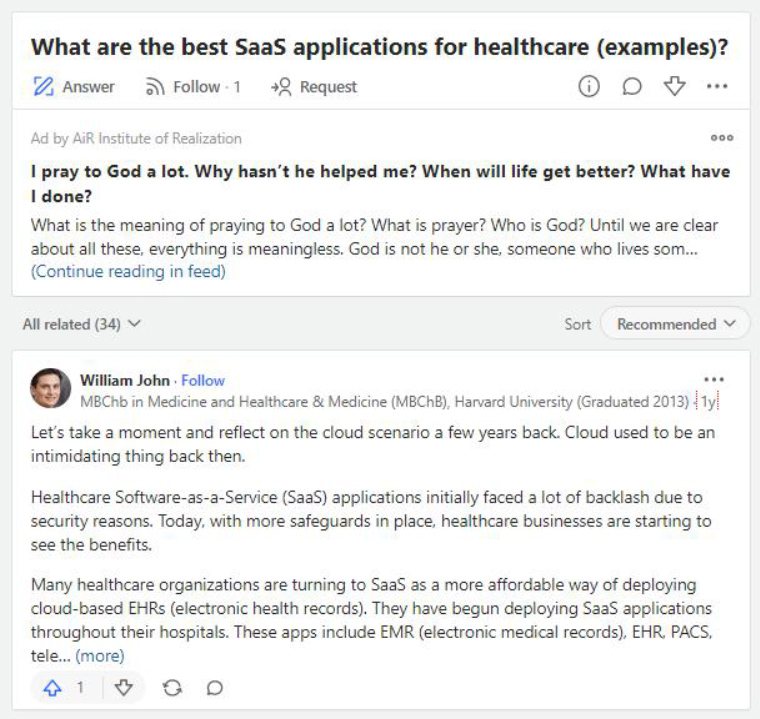
3. Key Features of Healthcare SaaS Applications
3.1 Geolocation
Generally, the majority of healthcare providers are using telemedicine platforms after COVID-19 to connect patients and doctors. Using such platforms can be beneficial for patients as it determines their locations, helps them locate nearby pharmacies and gives them direction to the hospital. Besides this, such applications also provide hospital images and maps for the patients to find their concerned department.
3.2 Voice Recognition
Traditionally doctors used to draw up notes to let their assistant know about their client’s medical history and the treatment required. But not with SaaS products available in the market for healthcare providers, with a voice recognition feature, the practitioner can enter a patient’s data using different voice commands which will be stored in the system and can be accessed by any authorized person during an emergency.
3.3 Healthcare analytics
For having an accurate result of healthcare analytics, having access to the right information is very important. This is why hospitals use healthcare management software. This software helps organizations prepare proper healthcare analytics for the future by utilizing big data and other powerful computations.
3.4 Patient portals
Hospitals use portals that enable patients to get transparent informative results of their medical reports, prescriptions, and treatments. These portals offer a higher level of satisfaction to the patients.
3.5 Document Expiration Alerts
One of the best features that healthcare service provider software offers is alerts for the expiration of documents. This alert ensures that the healthcare industry staff knows that they need to renew a few certifications or check the prescriptions that have expired and create new ones for the patients to get their medicines on time.
3.6 E-Prescriptions
ePrescription is a feature that benefits the patients, pharmacies, and doctors too. Patients can easily see what they have been prescribed and can carry it anywhere on their devices. On the other hand, pharmacies and other healthcare professionals as well can also access it to deliver the right medicines on time and see what is being prescribed.
4. Healthcare SaaS Trends as Game Changers
4.1 Vertical SaaS
One of the most emerging trends of the SaaS fraternity is vertical SaaS where the system focuses on accomplishing the business needs as a whole. A vertical SaaS can be used for being industry-specific. It is a model mature enough to be taken into consideration and that acts more precise in regards to its built quality.
For example- BioIO for med tech, Veeva, for insurance industry it is GuideWire, Procore and Health Assurance Plan for dental clinics.
Here companies tend to narrow down their search and then target the market. This one is quite a conservative approach. One of the core benefits of the tech is that it promotes customization just to ensure that the customers get exactly what they crave.
4.2 Artificial Intelligence (AI)
The next popular Healthcare SaaS trend is Artificial Intelligence and machine learning (AI and ML). There is no need for explaining why these disruptive technologies are gaining momentum day by day but the question is how the healthcare industry can avail significant benefits via using these technologies.
Increased retention rates, motivating staff members and enabling them to focus more on their core expertise are some of the common yet scalability benefits offered by the tech. The technology incorporates natural language processing (NLP), human speech patterns, and predictive approach making it useful for practitioners as well as the patients. Yes, as a patient one can easily keep tabs on himself. They can check for symptoms or seek assistance from virtual agents to conduct hospital-based tasks while sitting at home.
Apart from AI, Machine learning technology is pretty much in vogue here and why not since it has the ability to gather and store tons of data, analyse them and detect some common patterns and assist doctors in making decisions.
4.3 Migrating to the Cloud to PaaS
Another emerging trend is PaaS migration. With high-end cloud computing adoption, healthcare organizations irrespective of their sizes can kill not one, not two but four birds with one arrow. From enhancing security to accessibility, flexibility and scalability, all at once. PaaS (Platform as a Service) enables companies to develop such customized apps so that the client doesn’t even think of switching to the competitors. Yes, these tech saas trends focus on increasing patient retention rates.
On and all, each aforementioned trend seems to be pretty enticing and gripping in some way or the other. Now it’s time to concentrate on certain best practices that every healthcare organization must follow.
5. How to develop a healthcare SaaS application?
5.1 Planning
The very first thing to do while creating a healthcare SaaS application is to envision what you want and plan how the application should be to fulfill all your requirements. This vision should not only fulfill your organization’s requirements but should also cater to your patients in a perfect manner. After deciding this, you can start defining the architectural requirements and functionalities.
5.2 Analyzation
The next step is to find the best-suited SaaS applications development company for your project. The hired company will list out some features and functionalities that can be added to your application. You can analyze your requirements and the company’s suggestions before finalizing everything.
5.3 Documentation
Once the application’s look and feel is finalized including its security aspects, the next thing to do is document everything before moving to the app development process. It is necessary to document project plans and make sure that the documents include details like project definition & scope, company contracts, user specification, BAA, and HIPAA.
5.4 Selecting MVP
Initially, the app development company designs the project plan on an MVP (Minimum Viable Product), if this is feasible as per your healthcare service-providing organization, it will be approved and then the developers will start the actual development process.
5.5 Development
In the app development process, the software engineers who have expertise in creating SaaS applications for the healthcare domain will start working on the application. Here, a team of front-end developers, back-end developers, and database experts will create applications in chunks and will proceed with the work after getting your approval and seeing that the development is going as per the plan.
5.6 Deployment and Maintenance
The last step is to deploy the application. Here the app development companies deliver the fully-fledged application to the clients and offer after-delivery maintenance support to keep your application up to date.
6. Best Practices in Healthcare SaaS Solutions
6.1 Enhanced Medical Treatment
Fortunately, we have big data technology. Now what happens is by using such technology predictions, accurate predictions can be made. Whether it’s a full-body check-up or not, It is possible to diagnose the patients well in advance and take relative measures. You may come across several SaaS providers who offer solutions featuring predictive analysis so that doctors can ensure precision while recommending medications or any further treatment.
The SaaS solutions offer accuracy and efficiency that assists you in staying ahead of your competition.
6.2 Finding Ways to Improve Your Patient’s Health Status
Another best practice to take into account is putting yourself in someone else’s shoes. Get into the patient role and try seeking around for different ways through which you can enhance their health as well as the overall experience. Try to understand their current lifestyle and guide them regarding improvising it depending on their condition. Here you can try educating them on specific aspects such as diabetes if they are diabetic or what types of periodic tests they need to consider. In addition to this, try to create more room for interaction and engagement.
6.3 Open-Communication
Another best practice to consider is to widen the scope of open communication. Most healthcare organizations tend to ignore communication due to a plethora of reasons such as their busy schedules, handling more than two patients at a time and whatnot. Wrong decisions can be made, irrelevant prescriptions can be given, a patient’s life could be in danger because of miscommunication. Therefore it is advisable to have effective yet open communication among the organization.
7. Example of Healthcare Saas
7.1 Electronic Health Records (EHR) Software
EHR is one of the highly-used software by healthcare providers to manage their patient’s medical records which includes medications, treatments, and diagnoses. Some of the best EHR software available in the market are Allscripts, Epic, and Cerner.
7.2 Clinical Decision Support Software
It is a type of software solution that can be used by healthcare providers when they want to have real-time decision-making support with the best medical practices. Some of the best clinical decision support software available in the market are UpToDate and IBM Watson.
7.3 Healthcare Analytics Software
Analytics software in the healthcare domain is used by healthcare organizations to find patient data, analyze it, and improve outcomes. Some of the best examples of healthcare analytics software available in the market are MedeAnalytics and IBM Watson Health.
7.4 Patient Portal Software
Patient portal solutions enable patients to have easy and secure access to their medical history including reports, treatment, and prescriptions. The top patient portal software used by hospitals are HealtheLife, MyChart, and FollowMyHealth.
7.5 Telemedicine Software
Telemedicine software allows healthcare providers to provide online consultations and improve patient’s health for all types of primary medical issues. Some of the best telemedicine solutions available in the market are Doctor on Demand, Teladoc, and Amwell.
8. Conclusion
So this is it! We hope now you know what A healthcare SaaS is and how healthcare software services can be beneficial for the entire healthcare industry in the long run. In case, if you still have any doubts or queries, feel free to mention that in the comment section below.


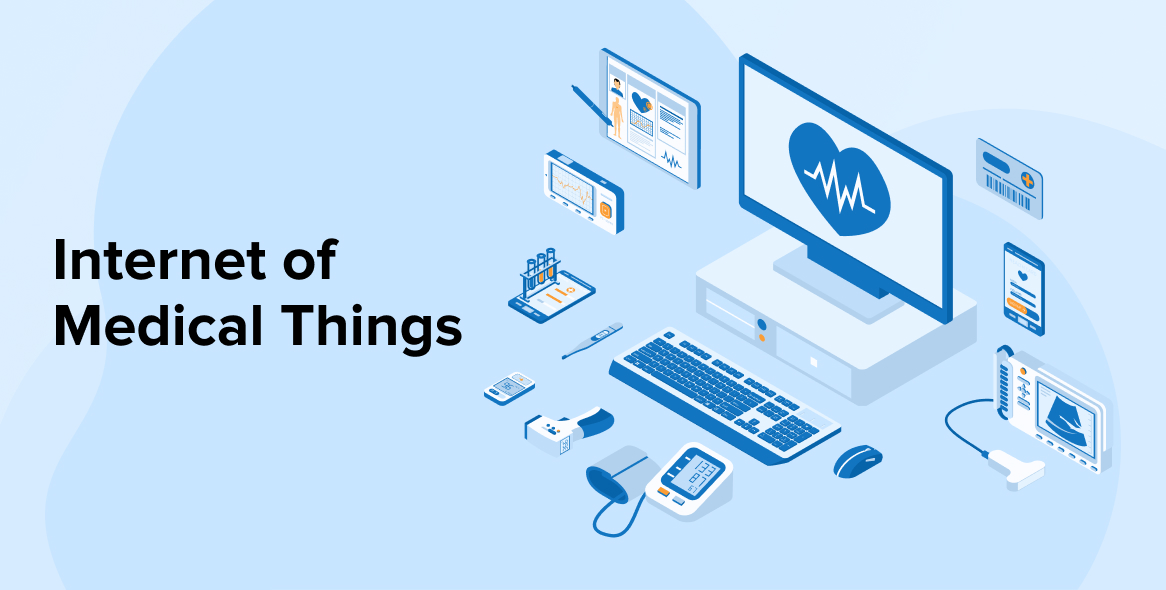
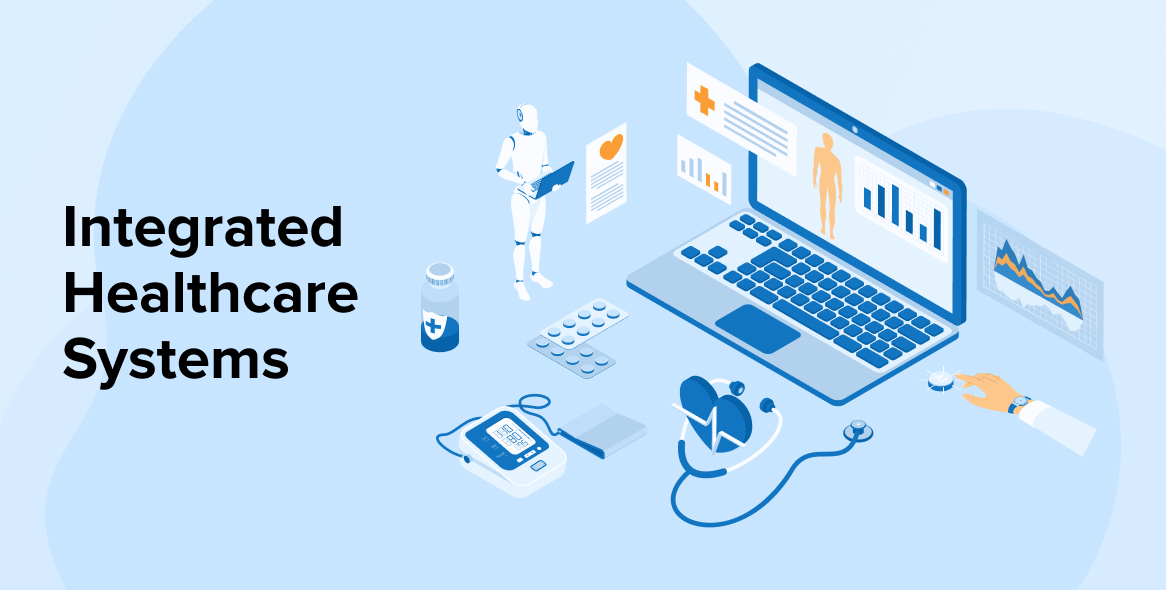
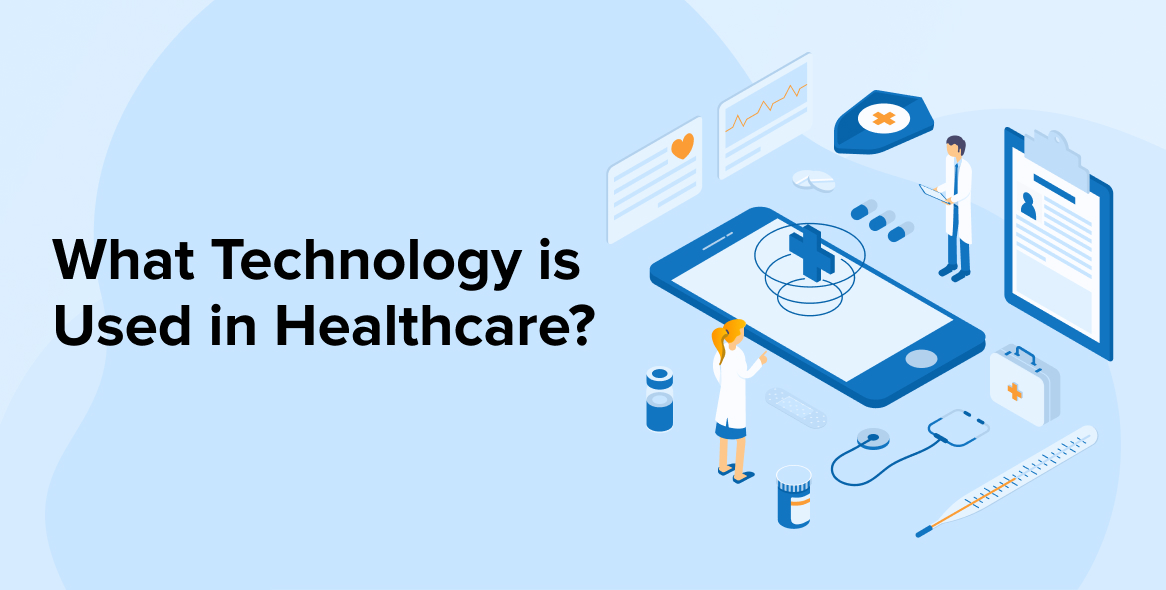

Great article! As a healthcare professional, I'm always interested in learning about the latest advancements in SaaS technology for the industry. This blog provided valuable insights on how healthcare SaaS can streamline processes and improve patient care.
I had no idea healthcare SaaS had such a wide range of applications! This article was eye-opening and highlighted the potential of SaaS in revolutionizing the healthcare industry. Can't wait to see what the future holds!
Thank you for bringing light to the mysterious world of Healthcare SaaS and its numerous benefits and trends. Now I know that healthcare SaaS has revolutionized the healthcare industry by offering Quick and Accurate Deployment, improving patient care, and enhancing Data Security.
After Reading this article, I got to know that healthcare software services can be beneficial for the entire healthcare industry in the long term. Especially the healthcare SaaS trends like Vertical SaaS, Artificial Intelligence (AI), Migrating to the cloud, and PaaS will play a role as game changers. Thanks For sharing!
This article describes healthcare SaaS benefits, and how healthcare SaaS can be even more beneficial for healthcare organization that are facing financial challenges. SaaS can help in reducing IT costs and free up resources that can be used to improve patient care. Keep Sharing!
I agree with the author that the healthcare SaaS trends have the potential to revolutionize the healthcare industry. SaaS solutions can help to make healthcare more efficient, affordable, and accessible for everyone. I learned a lot about Healthcare SaaS from this post!
This article provides a concise overview of Healthcare SaaS, covering its features, benefits, and more. It also delves into some intriguing trends in the space, including vertical SaaS, artificial intelligence integration, and cloud migration. These trends are likely to play a significant role in shaping the future of Healthcare SaaS.
Thanks for sharing the article on healthcare SaaS. I particularly liked the section on How to Develop a Healthcare SaaS Application. It clearly explained each process step, making it a valuable resource for anyone considering building a healthcare SaaS platform. Thanks for sharing!